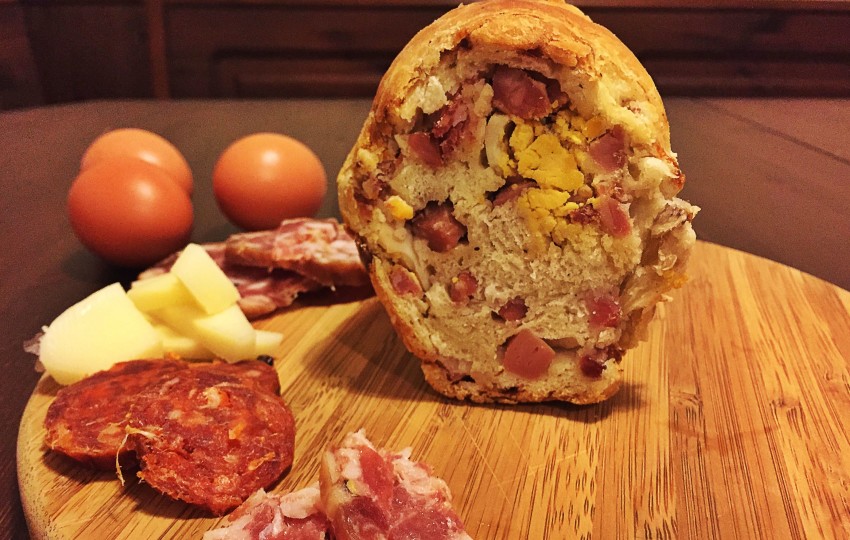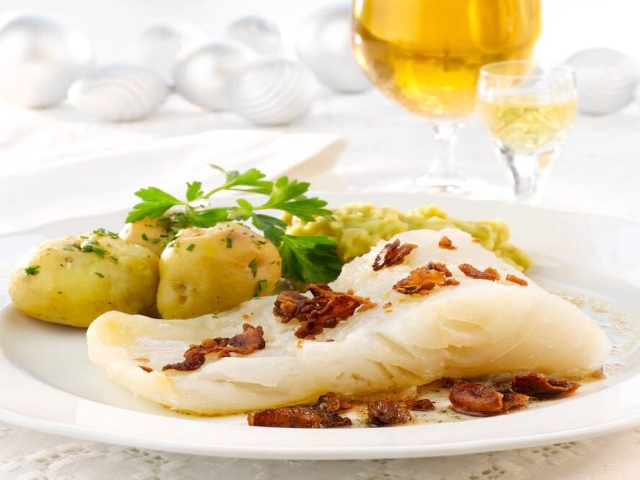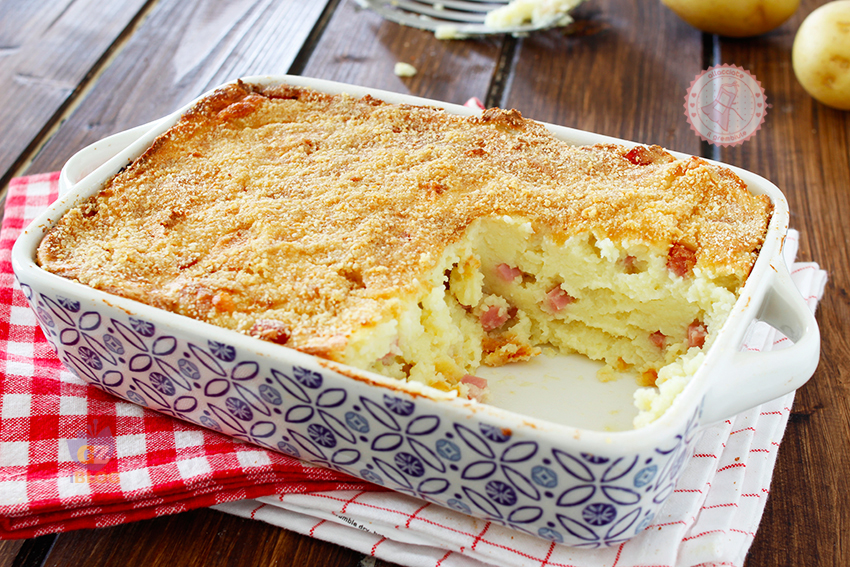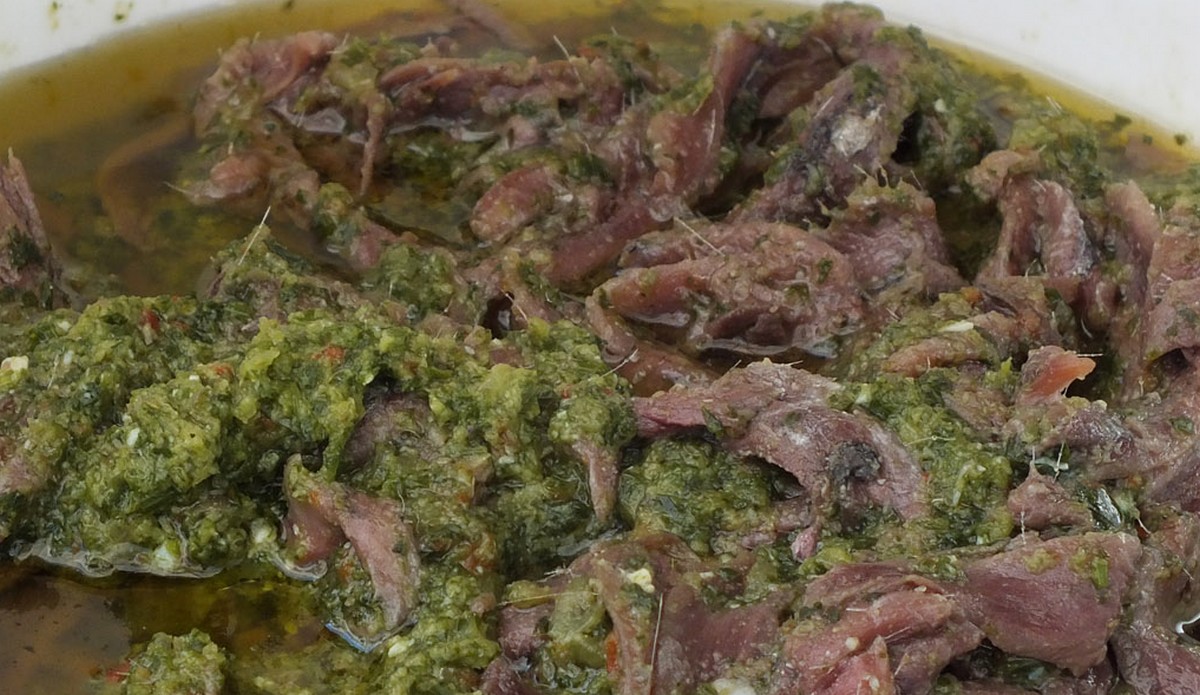With Holy Easter the commemorations and sacred rites are mixed with colours, scents and flavours, in a feast of taste that, from the north to the south of Italy, remains linked to Christian symbolism, to the territories and products of its land and of which the Neapolitan tortano, with its fat filling, represents a perfect synthesis between the sacred and the profane.With the preparation of the Neapolitan tortano, in short, it announces the end of a Lent, which lasted forty very long days and, in its dough, religion and magic, past and present, sacred and profane, merge: the bread, therefore, to joyfully proclaim the Lord’s resurrection, the awakening of nature and the joy of being able to give in again to the seductions of the throat.casatiello and tortano same ingredients: Flour, water, salt and a pinch of yeast for the dough to rise all night long, protected by a wool cloth. In the morning, the other ingredients: lard, pork crackling, salami, bacon, pecorino cheese, pepper.
It is precisely the eggs that make the difference between the recipe of casatiello – traditionally considered the rustic characteristic of Easter – and the very similar recipe of tortano, which is consumed all year round.
A difference that is basically the cooking: in the casatiello the eggs are cooked whole in the oven, ending up taking on the unmistakable flavour of "roast egg"; while in the tortano they are boiled and cut into slices, distributed together with the salami and the cheese cubes on the dough rolled out into sheets.













